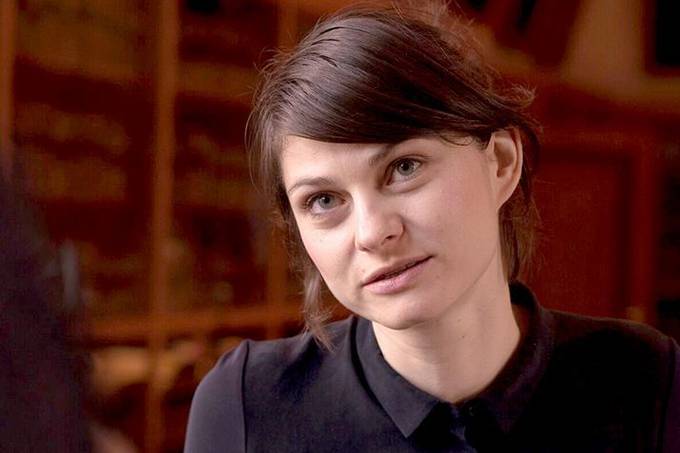The surge of information communicated through early 20th-century media led to a “visualisation boost”. It was then that the idea of presenting condensed information in visual form came into being.
This exhibition project was devoted to two pioneers of infographics of the 1920s. The Austrian national economist Otto Neurath and the Halle native and doctor Fritz Kahn almost simultaneously developed a universal pictorial language around 1925, based on a formal stylisation of objects and the human body. Neurath invented the “isotype” pictograms which conveyed complex information using simplified graphic elements. Kahn’s “factories of the human body” represented the body’s organic functions. Inspired by the technical advances of his time, he compared these to industrial processes and everyday office situations in order to depict complicated processes in a simple way. Their concepts played a significant role in ushering in the “iconic turn” of that era.
These pictograms and stylisations are as effective today as they were in the “Roaring Twenties”. Perhaps even more so in view of the fact that today’s mobile devices wouldn’t work without icons, while classical infographics are experiencing a comeback. The fascination with this subject primarily lies in the rediscovery and portrayal of the image as a source of information since the early 20th century. One of the fellow’s tasks will be to emphasise this point based on “isotypes” and “body factories”.
The visibility of the project will be guaranteed by its digital presentation online, which will also offer the possibility of continuing its development in cooperation with the communications faculty of the university Erfurt and other museum’s partners.
Events
No upcoming events at present
Previous events
8 September, 2017 to 7 January, 2018: Exhibition "Image Factories. Infographics 1920 – 1945. Fritz Kahn, Otto Neurath et al."
Deutsches Buch- und Schriftmuseum, Leipzig
Contact
Deutsches Buch- und Schriftmuseum (DBSM) der Deutschen Nationalbibliothek
Deutscher Platz 1
04103 Leipzig

